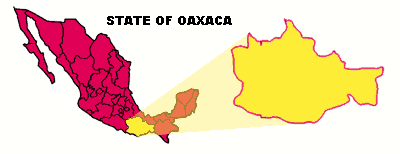
BAREFOOT BOYS MEXICAN TRIP N° 8
(By Noah Elhardt and Forbes Conrad, , 2006)
(All pictures by Noah Elhardt and Forbes Conrad)
P. orchidioides in habitat

Before reaching the P.
conzattii and P. moranensis locations detailed earlier, Noah and I were lucky
enough to hit upon a fairly large population of P. orchidioides growing along
the road. Since we were approximately 140 km from the nearest recorded
collection for this species, we were rather excited to see it in the wild
earlier in our trip than we had planned.
Since the weather was either overcast or overcast and foggy both times we visited the site and the sun was either blocked out or on the wrong side of the mountain, photography was more difficult than usual. As a result we have either flat shots taken in natural light, or my poor attempts with a handheld flash. If anyone has any lighting tips, preferentially those that cost and weigh little, I would love to hear them.
.jpg) |
The flowers present were rather homogenous from clump-to-clump. Color was uniform except for two plants that had much lighter colored flowers than the rest.
.jpg) |
.jpg) |
Arguabably the most prominent feature of the species is its stolon or stolon-like growths, and the plants we saw had a profusion of these organs. These growths produced dense clumps of plants that were, presumably, the vegitative offspring of a single plant.
.jpg) |
.jpg) |
In cultivation, my plant doesn't produce these organs in the manner I normally associate with stolons; it first produces what look like the gemmae of temperate Pinguicula species alongside its winter rosette, then, at the start of the growing season, the gemmae sprout in a highly etiolated fashion, extending away from the parent. Does this coincide with what anyone else has observed?
Noah Elhardt and Forbes Conrad